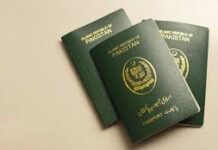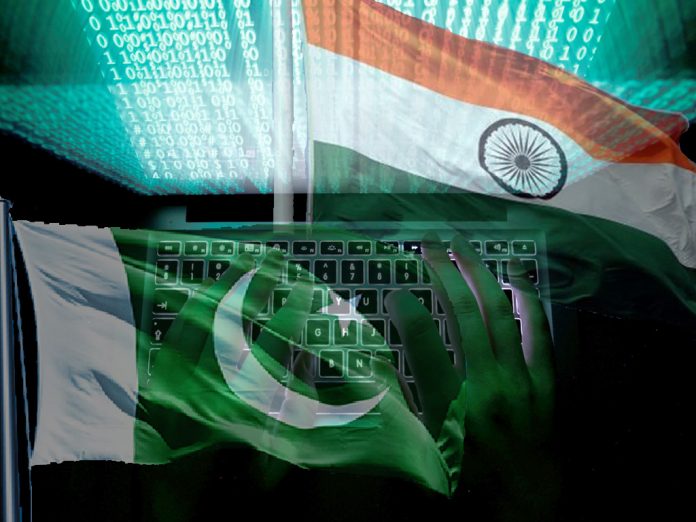As per an article by The Economist, India and Pakistan, two countries with a long history of tension, are now facing a mutual environmental issue that is becoming more challenging to handle as each day passes. The two countries are choking on each other’s pollution, and resolving the problem requires cooperation between governments that have deep-rooted conflicts. The article by The Economist highlights the severity of the problem, its impacts, and the challenges facing governments in tackling it.
According to the article, India’s commercial capital, Mumbai, has been covered in a pervasive smog for much of this winter. The thick grey haze, made up of particulate matter, has made the city’s skyline almost invisible. On some days, Mumbai’s air quality has been worse than Delhi’s, which is known for its polluted air. Between November and January, Mumbai recorded 36 days of “poor” air quality, posing a health risk even to healthy people. The World Bank analyzed data and found that nine of the ten world’s most air-polluted cities are in South Asia, which includes India and Pakistan.
The article shows that the smog is spreading across the region as the countries accelerate industrialization and infrastructure building, leading to post-pandemic growth. During the winter smog season, only two of the ten most polluted places in India were in and around Delhi. The other polluted areas included western India, such as Mumbai. Karachi and Peshawar, two Pakistani cities, also topped the global index of cities with the worst air quality. Kathmandu, on the northern edge of the Indo-Gangetic Plain, has also been hit by a yellow-brown haze that obscures the Himalayan peaks.
The article highlights the health and economic impacts of the pollution on the people in the region. The high levels of fine particulate matter (PM2.5) enter the bloodstream and increase the risk of heart and lung diseases, strokes, and respiratory problems. Air pollution is estimated to kill over two million people in Bangladesh, India, Nepal, and Pakistan each year, reducing average life expectancy globally by 2.9 years. In India, it reduces life expectancy by five years, while on the Indo-Gangetic Plain, the average Indian life is seven years shorter than it would otherwise be. A Lancet study estimated that in 2019, India’s economy lost $37bn, or 1.4% of GDP, to pollution-related deaths and illnesses. In the same year, India lost 1.3 billion working days due to pollution-related illnesses, according to a Clean Air Fund and Confederation of Indian Industry study.
According to the article the poor are the most affected by pollution. The poorest parts of South Asia, Uttar Pradesh and Bihar, are among the most polluted, with over 115 million of their inhabitants living on less than $2 a day. Poor people are likelier to use dirty fuels, contributing to high levels of indoor pollution, while the rich use air purifiers to create a bubble for themselves.
Governments in the region have launched several initiatives to tackle the pollution crisis, but their efforts have been mostly ineffective. India’s National Clean Air Programme launched in 2019 aimed to improve air quality in 102 cities, later increased to 131, but only 38 cities are on track to meet their targets. Pollution in many cities, including Mumbai, Bangalore, Chennai, and Nagpur, has increased. Pakistan has not launched a national clean air program, while Bangladesh drafted a clean air act in 2019 but has not passed it. According to the World Bank, policymakers are mostly trying to abate pollution within the cities concerned, yet much of it originates elsewhere. For example, the smoke that arises in India’s Punjab state every autumn
To read the full article visit www.economist.com
























